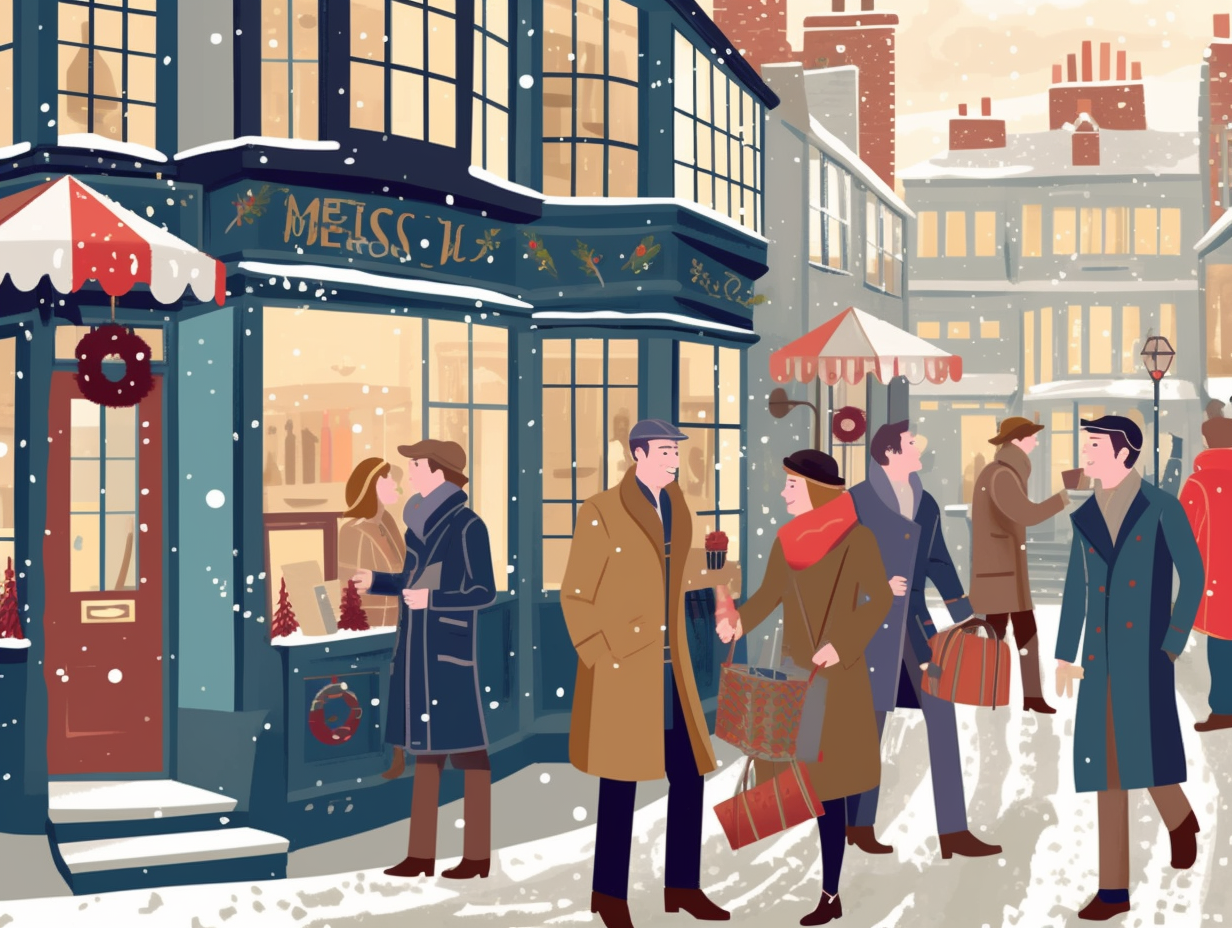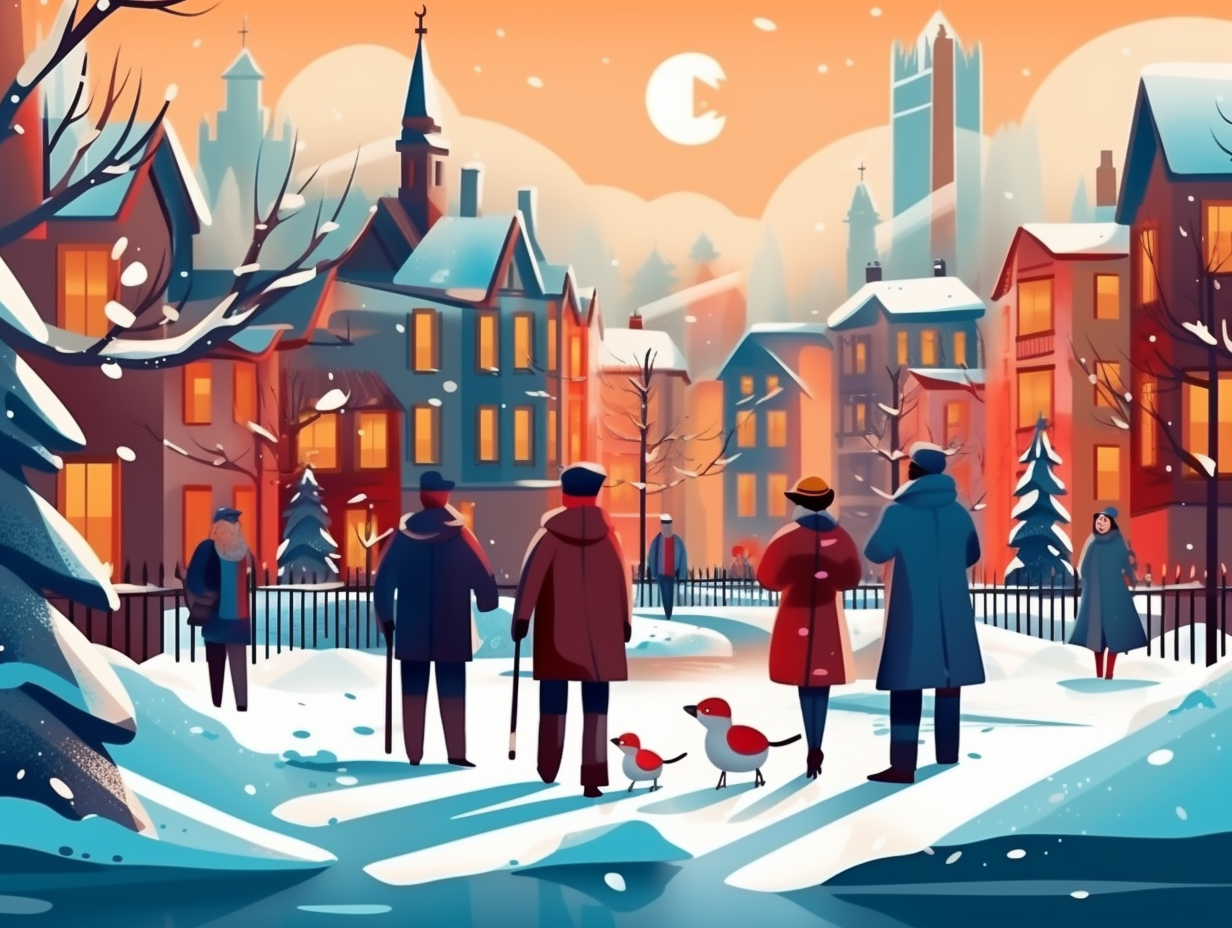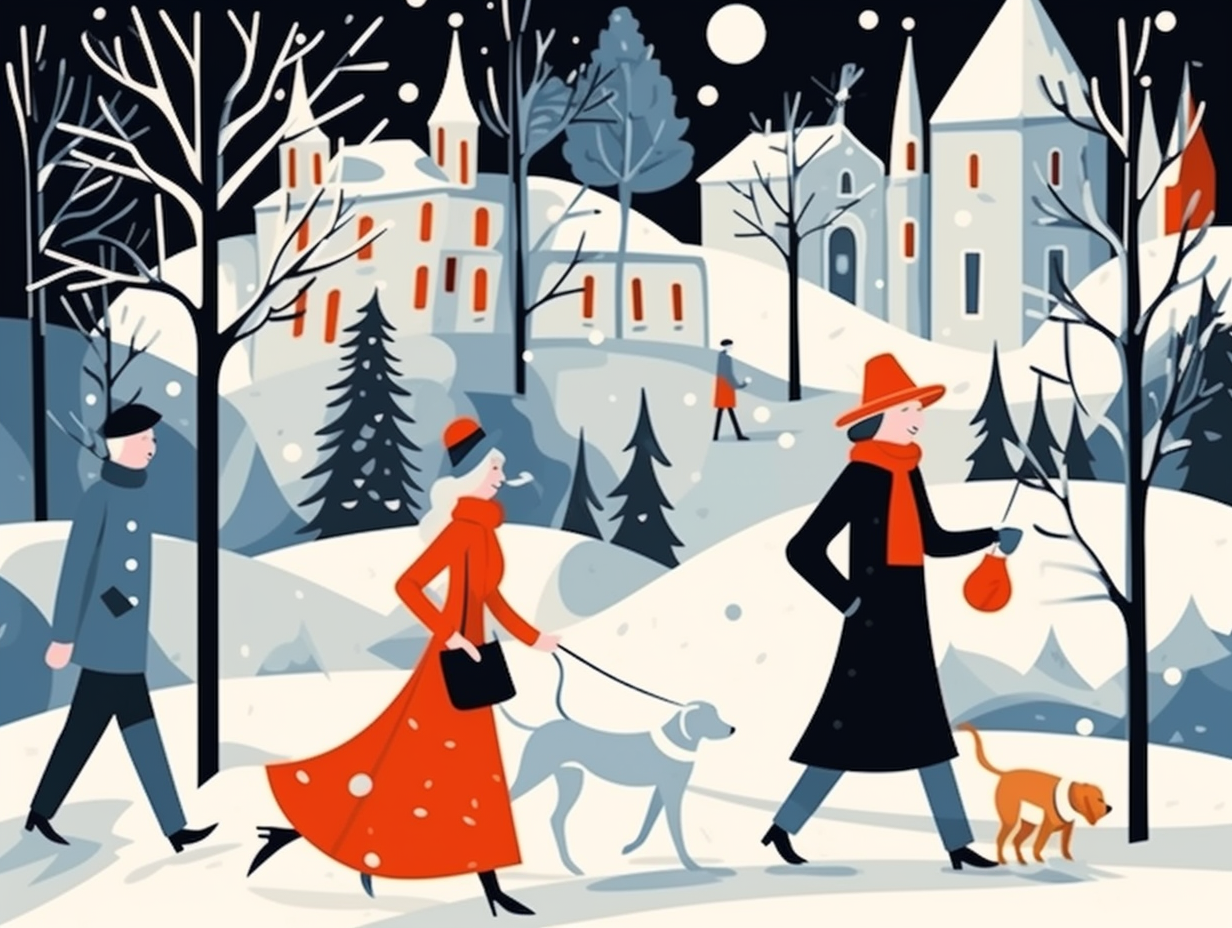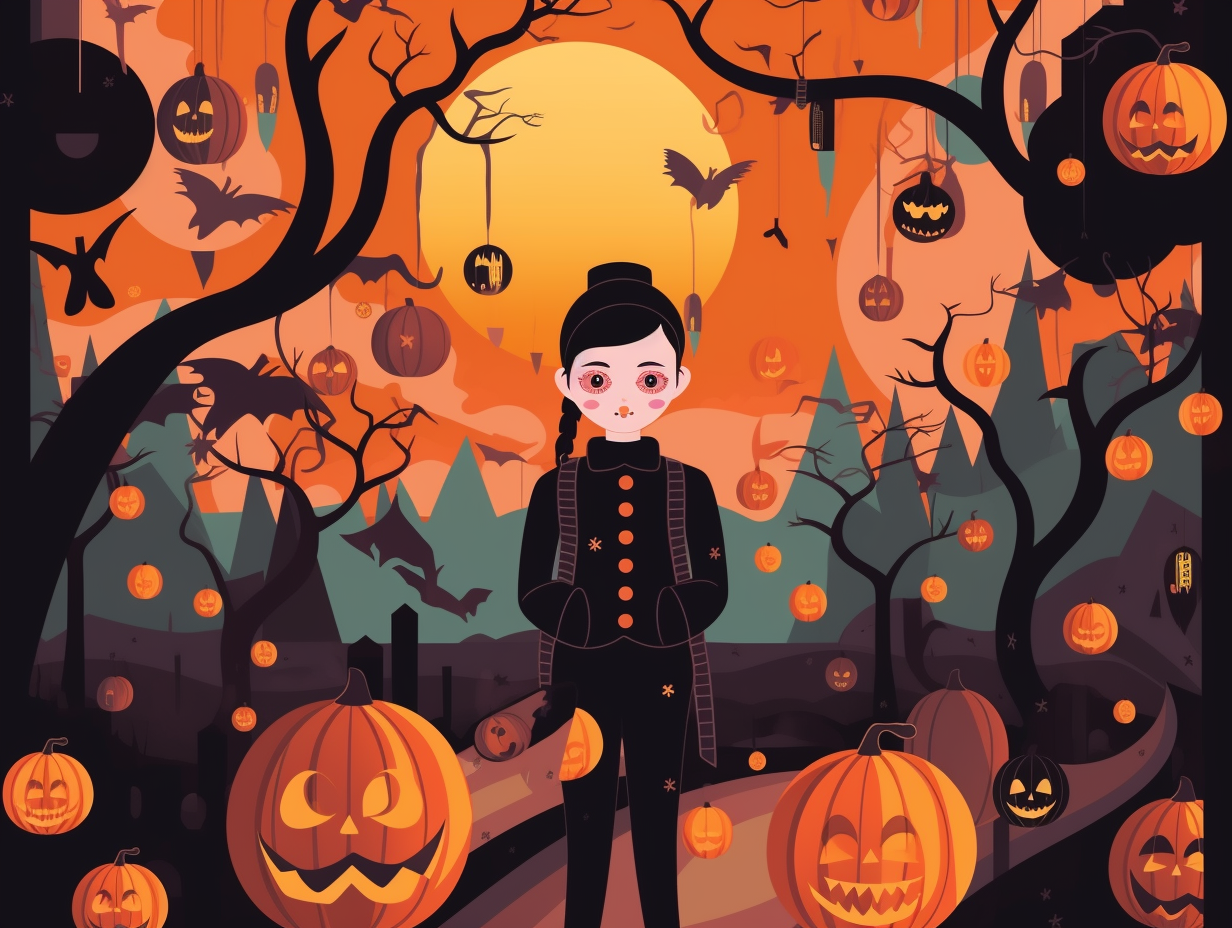Sweet Secrets Unwrapped: Top 12 Candy Cane Fun Facts to Savor this Season

1. Candy Canes' Divine Twisty Past
Who knew that candy canes were once considered divine sweets with a twisty past? Rumor has it that these peppermint delights once played a role in Christmas folklore – as Jesus' sugary shepherd's staff, blessing our taste buds and stockings: However, while there are theories about the candy's religious origins and unintentional use as a children's silencer during church services, the truth remains uncertain. Nevertheless, candy canes continue to be a treasured treat every holiday season, with a mind-boggling 1.76 billion of these festive sticklers produced annually in the United States.
Source => history.com
2. Peppermint Picassos: The Pre-Automation Era
Before automation handled our holiday sweets, candy cane crafters were the peppermint Picassos of Christmas goodies: it wasn't until the 1950s that a clever machine took over the intricate hand-twisting, cutting, and bending of these iconic confections, making these curved delights more accessible on a regional and national scale, while still retaining their shepherd's crook shape and timeless peppermint charm.
Source => mcall.com

Did you know that over 35 million pounds of candy corn are consumed every year? Discover the sweet history of this polarizing treat, which even has its own dedicated holiday on October 30th! 🌽🍬
=> Fun Facts about Halloween-Candy
3. Westerfield: The Candy Cane Machine Pioneer
Before candy canes grew on trees – or, well, on machines – they were a rare sight, handcrafted by diligent elves in secret workshops (also known as the pre-1921 labor market): Enter Brasher O. Westerfield, who graced us with the first candy cane machine in 1921, paving the way for Bob McCormack and Gregory Keller to mass-produce these twisty wonders under the banner of Bob's Candies, and peppermint has reigned supreme over taste buds ever since.
Source => nationaldaycalendar.com
4. Straight-Laced Lollipop Cousins
Before candy canes were curving like a boss, they strutted their stuff as the straight-laced cousins of lollipops: It wasn't until 1670 that a clever choirmaster at the Cologne Cathedral in Germany first bent those sugar sticks into a shepherd's staff shape, not only representing the nativity scene but also creating the iconic candy cane curvature we know and love today – with festive stripes and decorative sugar-roses as fashionable late additions.
Source => thoughtco.com
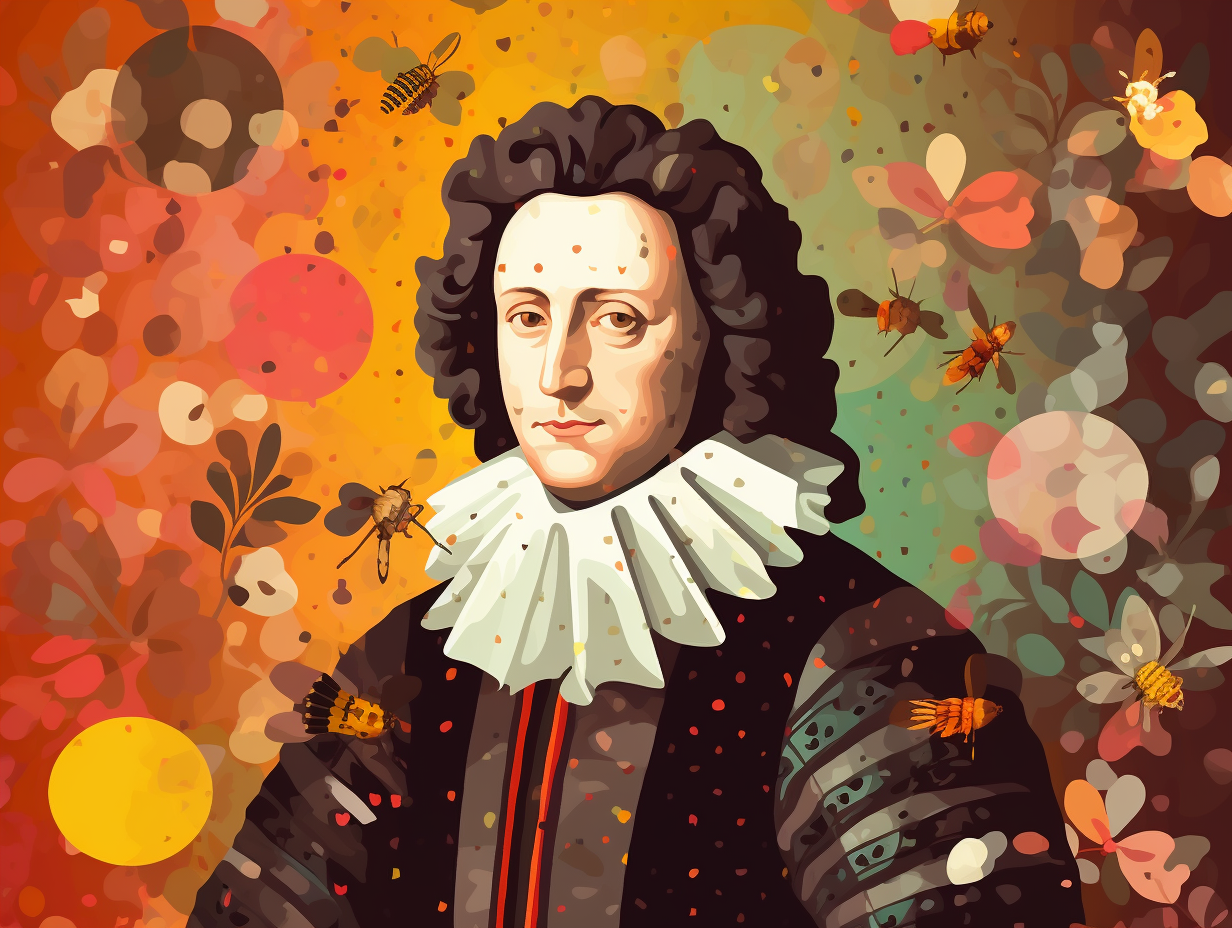
5. Bob McCormack & The Candy Magician
Once upon a mistletoe in the peppermint paradise of Albany, Georgia, a Christmas revolution was in the making. Elf Bob McCormack joined forces with his Santa-in-training brother-in-law, Gregory "The Candy Magician" Keller, to bless the world with sweet, curvy treats: Thanks to Keller's mechanical genius, the duo introduced an automated candy cane-making machine in the 1950s, making Bob's Candies a national sensation and sprinkling merriment across the country every holiday season.
Source => alwaysatreat.com
6. White Sticks Symbolizing Purity
Sugar and spice and everything nice, but not a swirl in sight: Candy canes were first created in 17th century Germany as straight, white sugar sticks symbolizing the purity of Jesus Christ, and only gained their festive red and white stripes in the 20th century within North America.
Source => celebritytalker.com
7. Undercover Stripes: The Rise of Red
Before the Candy Cane Avengers assembled their iconic red stripes like edible superheroes protecting Christmas, they were once undercover as plain white treats: the classic candy canes we adore today actually only gained their trademark stripes during the early 20th century, with candy maker Bob McCormack likely introducing the red swirls in the 1920s and his company later revolutionizing their production using the Keller Machine.
Source => theconversation.com
8. Candy Cane 1.0: Proto-Binkies
Before babies had binkies, they sucked on Candy Cane 1.0: These festive staples actually date back 300 years, beginning as a straight, white sugar stick that served as a pacifier for children in the 1600s. It wasn't until a recipe for candy sticks was published around 1844 that they began adorning Christmas trees in America, forever cementing their role in holiday cheer.
Source => goldenglow.org
9. Blue Stripes Betrayal
In a plot twist more shocking than a soap opera, candy canes weren't always the red and white striped sweet treat we adore today: Once upon a time, they sported innocent white sticks adorned with sneaky stripes of blue before red barged in and claimed the festive throne.
Source => thoughtco.com
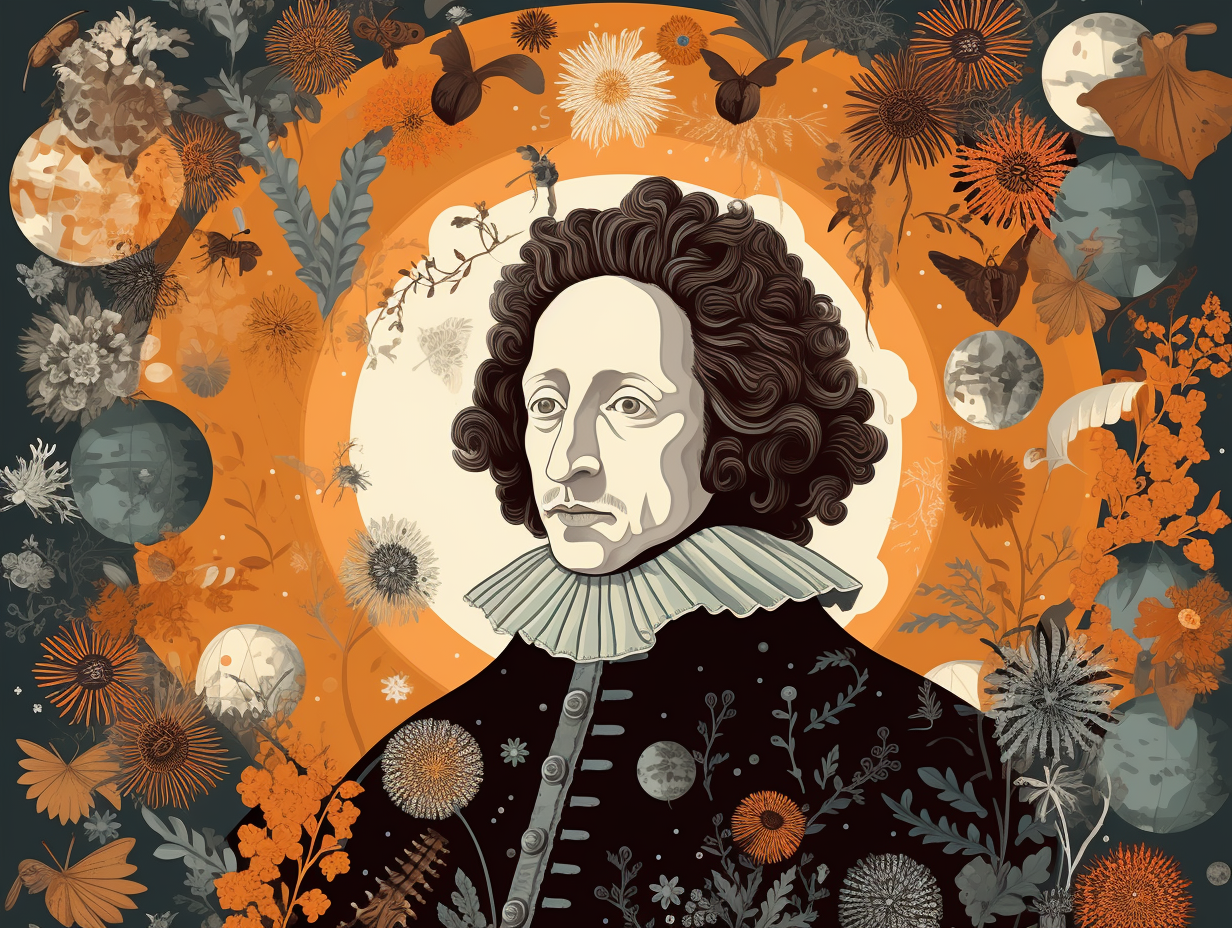
10. Captain Hook Tree Decorations
Before reaching candy cane fame with their role as Captain Hook in Christmas tree plays: candy canes were originally straight, humble sticks that didn't curve into a "J" shape until the 17th century when candy makers decided it was time for a fashionable twist that would assist in their tree-hanging pursuits.
Source => candyclub.com
11. 20th Century Candy Cane Makeover
In a twist as shocking as finding out Santa's true identity, the candy cane underwent a major makeover in the 20th century: Originally devoid of the now-iconic red stripes and any flavor, these festive treats received their colorful upgrade as either a symbolic nod to Jesus's sacrifice or simply a marketing ploy, remaining a holiday favorite with billions produced annually during November and December.
Source => 955kmbr.com
12. World Domination & Silent Religious Agenda
Before Wonka even thought of everlasting gobstoppers, a humble stick of sugar was curling its way to world domination, peppermint in heart, and what some might say, a silently religious agenda: Candy canes were originally made as shepherd's crooks, symbolizing the shepherds who visited baby Jesus, only manifesting their signature red and white stripes in the early 1900s and diversifying their flavor palette to include everything from fruity delights to the peculiar pickle-infused canes.
Source => economycandy.com
Related Fun Facts



